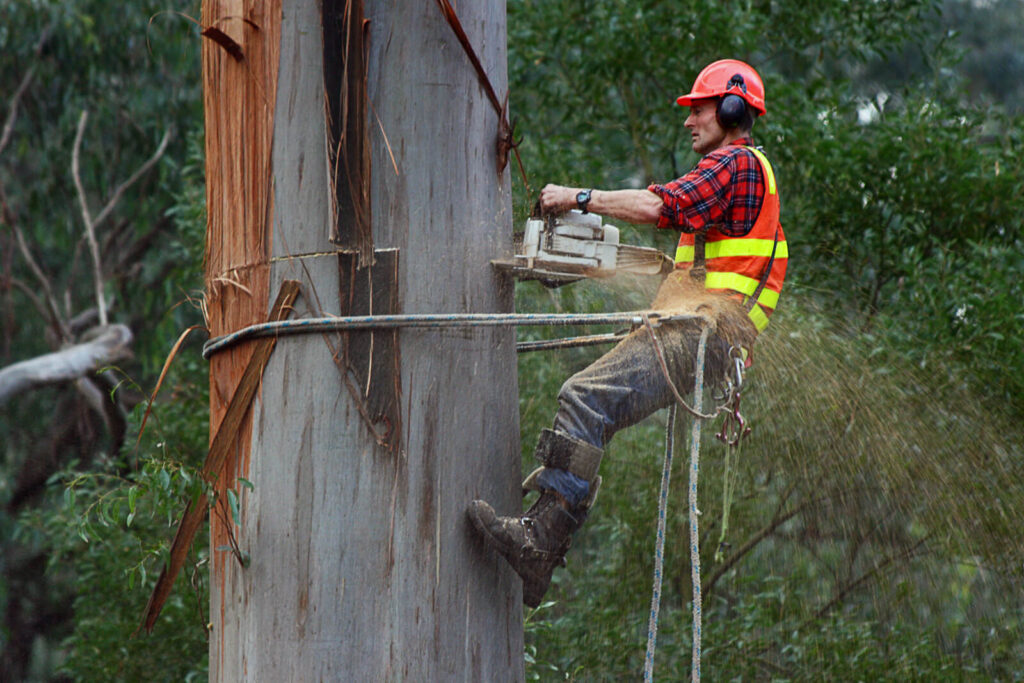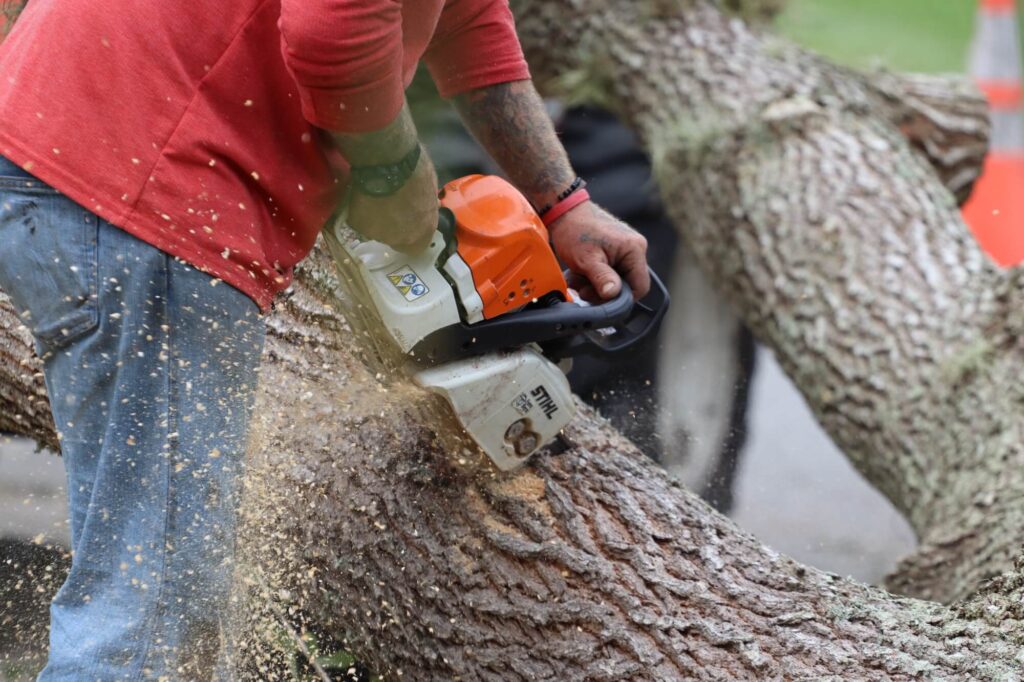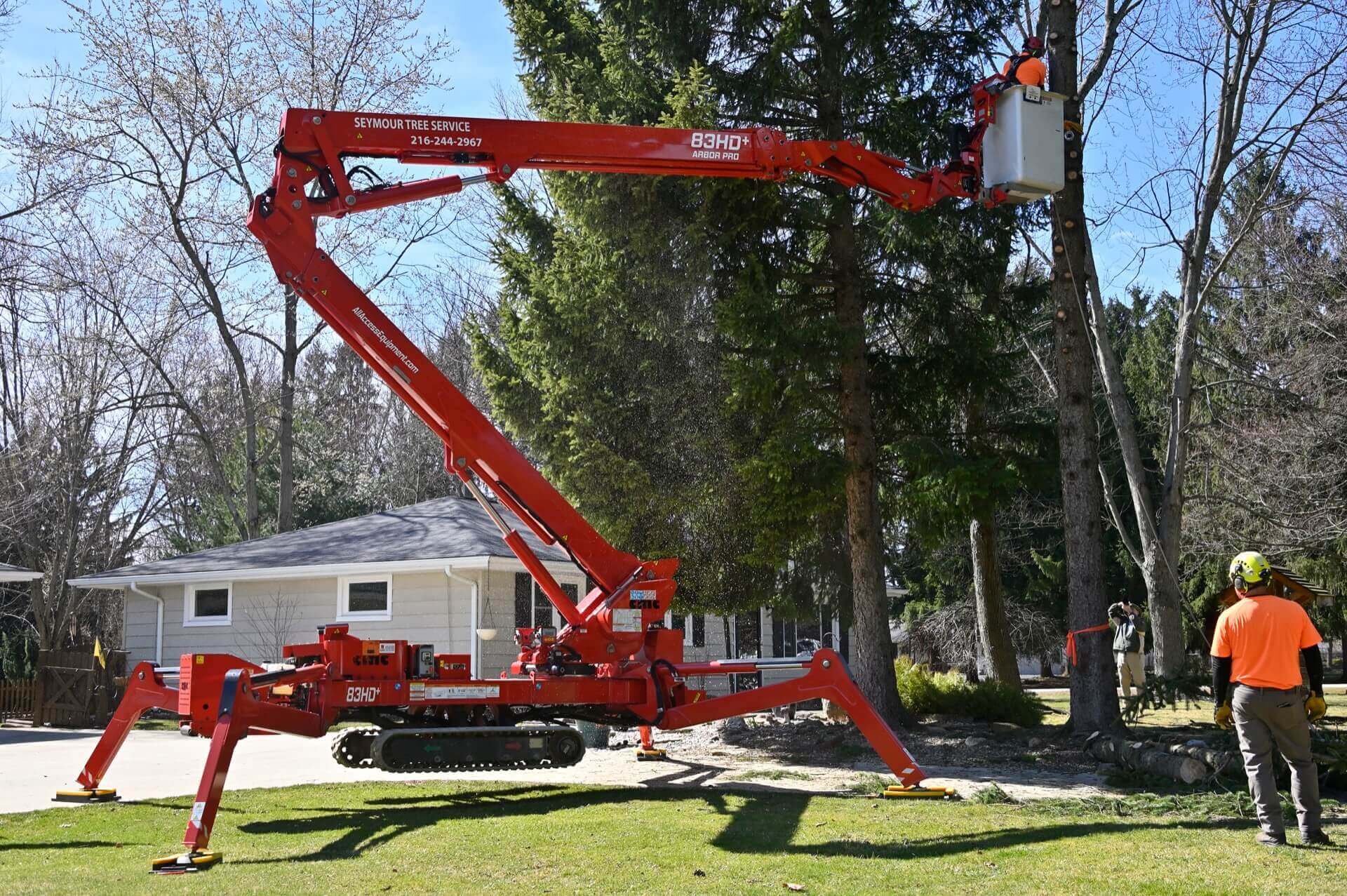Trees are an essential part of our environment, providing us with numerous benefits such as clean air, shade, and wildlife habitat. However, there are situations where tree removal becomes necessary. Understanding the importance of responsible tree removal practices is crucial to minimize the environmental impact.
Understanding Tree Removal and Its Necessity
In certain circumstances, it becomes necessary to remove trees for various reasons. Responsible removal tree services involves carefully assessing the need to remove a tree and considering alternatives whenever possible. This ensures that only trees that pose a risk to safety, health, or infrastructure are removed.
Tree removal is a complex process that requires careful consideration of various factors. One such factor is the health of the tree itself. Trees that are diseased, infested with pests, or structurally compromised may need to be removed to prevent the spread of diseases or the risk of falling branches. Additionally, trees that are growing too close to power lines or buildings may pose a safety hazard and need to be removed. Click here for best practices for managing green waste in your home garden.
However, responsible tree removal goes beyond just considering the immediate risks. It also takes into account the long-term impact on the environment. Trees play a crucial role in maintaining ecological balance by providing oxygen, absorbing carbon dioxide, and providing habitat for various species. Therefore, before removing a tree, professionals evaluate the potential impact on the surrounding ecosystem and consider alternatives that could mitigate any adverse effects.
Defining Responsible Tree Removal
Responsible tree removal is the process of safely and ethically removing trees while considering the long-term impact on the environment. It involves professional evaluation and careful planning to minimize any adverse effects.
When it comes to responsible tree removal, it is essential to engage the services of certified arborists or tree care professionals. These experts have the knowledge and experience to assess the health and condition of trees accurately. They can determine whether a tree can be saved through pruning or other measures, or if removal is the only viable option.
Furthermore, responsible tree removal also includes proper disposal of the tree’s debris. Recycling or repurposing the wood and other materials from the removed tree can minimize waste and contribute to sustainable practices.
The Role of Tree Removal in Urban Development
In urban areas, tree removal plays a significant role in development projects. As cities expand, existing trees may impede construction or pose a threat to the safety of residents. Responsible removal ensures that the development proceeds while minimizing the impact on the environment.
Urban development often requires the construction of buildings, roads, and other infrastructure. In such cases, trees may need to be removed to make way for these projects. However, responsible developers and city planners prioritize preserving trees whenever possible. They conduct thorough assessments to identify trees of significant ecological or historical value and take measures to protect and transplant them, if feasible.
Moreover, responsible tree removal in urban areas involves replanting initiatives. To compensate for the loss of trees, developers and city authorities often implement tree planting programs. These programs aim to maintain the urban tree canopy and enhance the overall green infrastructure of the city.
By understanding the necessity of tree removal and promoting responsible practices, we can strike a balance between development and environmental conservation. Responsible tree removal ensures the safety of communities, preserves the natural beauty of our surroundings, and contributes to a sustainable future.
The Environmental Consequences of Irresponsible Tree Removal
Irresponsible tree removal practices can have severe consequences on the environment. Understanding these consequences is essential to emphasize the importance of responsible tree removal.
Tree removal, when done without proper consideration, can lead to a range of environmental issues that have far-reaching impacts. From soil erosion and degradation to the loss of biodiversity and the exacerbation of climate change, the consequences of irresponsible tree removal are significant and should not be taken lightly.
Soil Erosion and Degradation
One of the most immediate and visible consequences of irresponsible tree removal is soil erosion. Trees play a crucial role in holding the soil together with their extensive root systems. When trees are removed without proper planning, the soil becomes vulnerable to erosion, especially during heavy rainfall.
Without the stabilizing influence of tree roots, the top layer of soil can be easily washed away, leading to land degradation. This erosion not only affects the immediate area where the trees were removed but can also have far-reaching consequences downstream, as the eroded soil can clog waterways and disrupt aquatic ecosystems.
Loss of Biodiversity
Trees are not just towering structures; they are complex ecosystems in themselves. Their branches, leaves, and trunks provide habitat and food sources for a wide range of species. When trees are removed indiscriminately, entire ecosystems can be disrupted, leading to a loss of biodiversity.
Birds, insects, mammals, and countless other organisms rely on trees for shelter, nesting sites, and food. When trees are removed, these species lose their homes and sources of sustenance, leading to a decline in their populations. The loss of biodiversity can have cascading effects throughout the ecosystem, disrupting the delicate balance of nature.

Climate Change and Carbon Storage
Trees are often referred to as nature’s carbon sinks. Through the process of photosynthesis, trees absorb carbon dioxide from the atmosphere and store it in their biomass. This carbon sequestration is crucial for mitigating climate change by reducing the amount of greenhouse gases in the atmosphere.
However, when trees are irresponsibly removed, the carbon they have sequestered over their lifetimes is released back into the atmosphere. This release of carbon contributes to the greenhouse effect and exacerbates global warming. The loss of trees, especially in large numbers, can have a significant impact on the Earth’s climate system.
Furthermore, the removal of trees disrupts the natural process of transpiration, where trees release water vapor into the atmosphere. This disruption can lead to changes in local weather patterns and a decrease in rainfall, further exacerbating the effects of climate change.
In conclusion, the consequences of irresponsible tree removal extend far beyond the immediate loss of trees. Soil erosion, loss of biodiversity, and the exacerbation of climate change are just a few of the environmental impacts that can result from irresponsible tree removal practices. It is crucial to prioritize responsible tree removal and consider the long-term consequences to protect our environment for future generations.
The Benefits of Responsible Tree Removal
While the removal of trees may seem counterintuitive to environmental concerns, responsible tree removal can actually have several benefits.
When it comes to responsible tree removal, there are many factors to consider. It’s not simply about cutting down trees, but rather taking a thoughtful and strategic approach to ensure the long-term health and sustainability of our forests.
Promoting Healthy Forest Growth
One of the key benefits of responsible tree removal is the promotion of healthy forest growth. By carefully selecting which trees to remove, we can create more space and resources for the remaining trees to thrive. Removing weak or diseased trees allows the healthier ones to receive more sunlight, water, and nutrients, which are essential for their growth and overall well-being. This reduction in competition among trees leads to a more robust and vibrant forest ecosystem.
Furthermore, responsible tree removal can help prevent the spread of diseases and pests. By removing infected trees, we can stop the further transmission of harmful pathogens, protecting the overall health of the forest.

Mitigating Tree-Related Hazards
Another important benefit of responsible tree removal is the mitigation of potential hazards. Trees that are at risk of falling due to disease, pest infestation, or unstable soil conditions pose a danger to people and structures. By identifying and removing these hazardous trees, we can significantly reduce the risk of accidents and property damage. This proactive approach to tree management ensures public safety and minimizes the potential for costly repairs or injuries.
Moreover, responsible tree removal can also help prevent forest fires. Dead or dying trees are more susceptible to catching fire, and their removal reduces the fuel load, making it easier to control and contain wildfires.
Encouraging Sustainable Timber Use
Responsible tree removal can also play a role in encouraging sustainable timber use. By carefully selecting the trees to be removed, we can promote the use of timber from well-managed forests. Sustainable forestry practices ensure that trees are harvested in a way that allows for regeneration and the long-term availability of timber resources. This approach helps protect the delicate balance between human needs and environmental preservation.
Furthermore, responsible tree removal can support local economies by providing a sustainable source of timber. By promoting the use of timber from responsibly managed forests, we can create jobs and support industries that prioritize environmental stewardship.
In conclusion, responsible tree removal offers numerous benefits, including promoting healthy forest growth, mitigating tree-related hazards, and encouraging sustainable timber use. By taking a thoughtful and strategic approach to tree management, we can ensure the long-term health and sustainability of our forests while also meeting our societal needs.
Implementing Responsible Tree Removal Practices
Implementing responsible tree removal practices is crucial to minimize the environmental impact. Following guidelines and employing qualified professionals are essential steps to ensure responsible tree removal.
Tree removal is a complex process that requires careful planning and assessment. It is important to consider various factors before proceeding with the removal. Thorough planning involves evaluating the condition of the trees, determining the necessity of removal, and exploring alternative options such as pruning or transplanting. By conducting a comprehensive assessment, we can make informed decisions and minimize the impact on the environment.
When it comes to tree removal, it is always recommended to hire qualified professionals. These experts have the necessary knowledge and experience to assess the health and structural integrity of trees. They can perform the removal safely and efficiently, reducing the risk of accidents and ensuring responsible practices are followed. Moreover, professionals are equipped with the right tools and equipment to carry out the task effectively.
Responsible tree removal also involves adhering to local regulations and guidelines. Different regions may have specific rules regarding tree removal, including obtaining permits and following specific guidelines. By complying with these regulations, we can ensure that the process is carried out in line with environmental standards and regulations, minimizing any negative impact.
In conclusion, responsible tree removal practices are crucial to minimize the environmental impact. By understanding the necessity of tree removal, considering alternatives whenever possible, and implementing responsible practices, we can ensure that the benefits of tree removal are achieved while preserving our environment for future generations.

